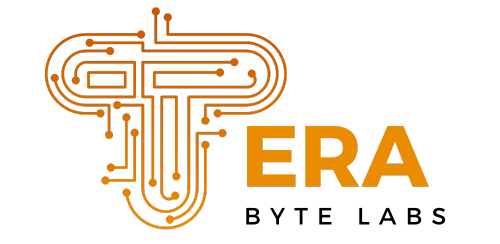
In today’s fast-paced and ever-evolving business landscape, the quest for top talent has become more competitive and complex than ever before. Companies are increasingly turning to professional recruitment platforms as a strategic tool to streamline their hiring processes, improve the quality of candidates, and enhance overall recruitment efficiency. This comprehensive exploration delves into the myriad benefits and functionalities of these platforms, offering insights into how they are reshaping the recruitment landscape.
Understanding Professional Recruitment Platforms
1. What is a Recruitment Platform? A professional recruitment platform is a specialized software designed to automate and enhance the hiring process. These platforms integrate various aspects of recruiting, from posting job openings to managing candidate applications, screening, interviewing, and finally onboarding new hires. By leveraging data analytics and advanced algorithms, these platforms can significantly reduce the time and effort required to hire the right person for the job.
2. Key Features of Recruitment Platforms:
- Applicant Tracking Systems (ATS): Manages the flow of candidates through tracking and organizing applicant information.
- Candidate Sourcing: Utilizes AI to scour databases and online resources to find candidates who best match the job criteria.
- Automated Screening and Matching: Filters candidates based on predefined criteria, such as skills, experience, and education.
- Communication Tools: Facilitates seamless communication within hiring teams and with candidates through integrated messaging systems.
- Analytics and Reporting: Provides valuable insights into hiring processes, candidate flow, and recruitment metrics.
The Strategic Advantages of Using Recruitment Platforms
1. Enhanced Efficiency: By automating routine tasks such as resume screening and initial candidate outreach, recruitment platforms free up valuable time for HR professionals to focus on more strategic aspects of their role. This automation leads to a more streamlined, faster, and less labor-intensive recruiting process.

2. Improved Quality of Hire: With advanced algorithms and data analytics, these platforms can better match candidates to job descriptions, increasing the likelihood of a successful hire. They enable recruiters to access a broader talent pool and identify the best candidates based on a more comprehensive set of data points.
3. Reduced Hiring Costs: Reducing the time to hire can significantly cut costs associated with prolonged job vacancies and inefficient use of HR resources. Recruitment platforms also minimize the risks of bad hires by ensuring a more accurate match between the candidate’s capabilities and the job requirements.
4. Scalability: For growing companies, scalability in recruitment is crucial. Recruitment platforms can easily adjust to increased hiring needs without the need for additional resources, making it easier for businesses to expand and adapt.
5. Enhanced Candidate Experience: A streamlined, efficient, and transparent hiring process improves the candidate experience, which is vital in a competitive job market. Professional platforms often provide candidates with regular updates and feedback, fostering a positive perception of the employer brand.
Ideal Practices for Implementing Recruitment Platforms
1. Define Clear Objectives: Before implementing a recruitment platform, it is essential to define what you want to achieve. Whether it’s reducing hiring times, improving candidate quality, or enhancing reporting capabilities, having clear objectives will guide the selection and configuration of the platform.
2. Choose the Right Platform: Not all platforms are created equal. It’s important to choose one that aligns with your company’s size, industry, and specific hiring needs. Look for platforms with high customization options, excellent customer support, and positive user reviews.
3. Train Your Team: Ensure that your HR team is well-trained in how to use the new platform. Comprehensive training will help them make the most out of the platform’s features and functionalities.
4. Integrate with Existing HR Systems: To maximize efficiency, ensure that the recruitment platform integrates seamlessly with your existing HR systems, such as HRIS (Human Resources Information System) and onboarding software.

5. Continuously Monitor and Optimize: Use the analytics tools provided by the platform to continuously monitor its effectiveness. Regularly review the recruitment metrics and make adjustments to your processes as necessary.
The Future of Recruitment: Trends and Innovations
As we look to the future, recruitment platforms are set to become even more sophisticated with advancements in AI and machine learning. Predictive analytics will play a larger role, helping to foresee hiring needs based on business trends and employee turnover. Additionally, enhanced engagement tools like virtual reality (VR) job trials and gamified experiences are expected to become more mainstream, providing candidates with unique insights into their potential workplaces and roles.
Conclusion
The adoption of professional recruitment platforms marks a significant shift in the way businesses approach hiring. These platforms not only streamline recruitment processes but also elevate the quality of hires and enhance candidate experiences. By understanding the functionalities, advantages, and best practices associated with these platforms, companies can position themselves effectively in the race for top talent. As technology continues to evolve, staying ahead in the recruitment game will mean staying updated with the latest tools and trends, making professional recruitment platforms a wise investment for future-focused businesses.


